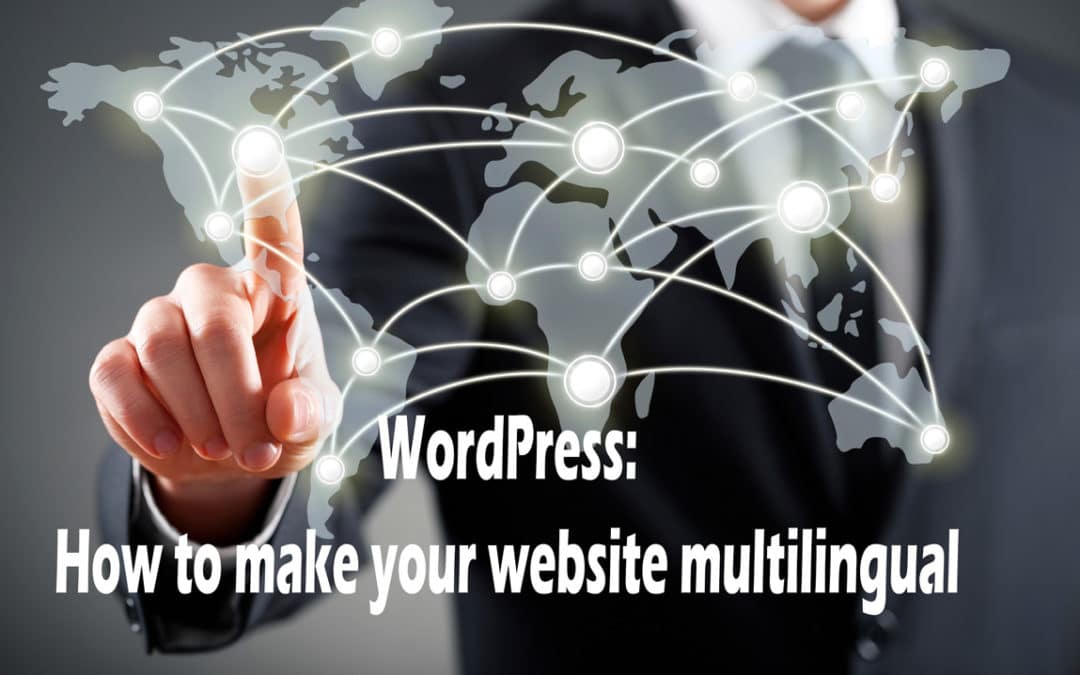Online enterprises offering broad range of services looking to serve international clients create impressive websites with equally remarkable features. But what about small-to-medium sized businesses (SMB) who wish to serve international clients in a cost-effective manner? One option is they can do it themselves, but it might take more time, effort and resources to attract a global audience. At BEZA, we offer SMB and Enterprise clients a cost-effective solution to develop websites that are engaging, multilingual, and rank high on Google SERP.
Here is our guide for any business looking to make their website multilingual.
Where to Start First?
Start with an open-source platform like WordPress which powers more than 30% of all websites. There are many advantages to using WordPress but by far the biggest benefit to business owners is WordPress is free. Building a website on WordPress is a great investment especially since WP is constantly being updated by thousands of open-source developers with new capabilities for FREE!
What languages should my website content be?
Like most businesses in the U.S., your website content is in the English language. What if prospective customers are not well-versed or find it hard to understand English. Then, it’s about time to make your website multilingual. Start by checking your website analytics tool (using Google Analytics for example) to find out what nationalities are browsing your site regularly. If you know you wish to target a specific region/language (ie French, Spanish, etc), then add this to your list of languages your website will need to serve to prospect customers.
How do you create a WordPress website in multiple languages?
The multilingual site makes your content more expansive, so it reaches a more extensive range of target consumers as well as new markets. A WordPress website in many languages can also help the owner to comply with local laws. Yet, there are issues to contend with such as accuracy or correctness of translation. Several versions of your website can also lead to technical and logistics problems.
To start with, it’s not mandatory for you to build numerous or separate sites with different languages. There are several approaches to achieve this: a single multilingual site to serve all your target audience/customers.
How to hire a professional translator?
Localize your site and translate the English language into the desired foreign dialect. Make sure the translator uses appropriate terminologies and phrases. This will determine the correctness of translations.
One option is to hire native speakers for purposes of precision from freelancing platforms like Gengo. Gengo maintains a network of pre-tested translators that work across 37+ languages. Their freelance services marketplace provide reviews about applicant-contractors so you can get the most qualified candidate based on quality of work and trustworthiness.
A second alternative is the use of automated translators like Unbabel. Unbabel is a human translation network powered by Artificial Intelligence (AI). The company employs crowd-sourced translators across 45+ languages. Of course, your choice should depend on accuracy and cost.
Translation Plug-in & Theme
For those with live websites and/or your website content changes frequently, a WordPress (WP) plug-in may be the best alternative. The WP plug-in helps the site owner avoid additional expenses and time to hire contractors in developing multilingual versions of your website. Two highly-recommended translation premium plug-in for WordPress are WPML and Translate WordPress with Gtranslate. Both have a good a reputation and extensive support. On the other hand, free plug-ins do not offer dependable support and options for integration so avoid them if you can. Website owners who are still in the planning stage or embarking on a process of redesigning their website should choose a multilingual theme from the very start.
Importance of Content
Content and inexpensive translation tools are the keys in ensuring that your multilingual WordPress site is operational in no time at all. Thus, you will find it easier to launch and maintain a multilingual website to attract more people from all over the world.



